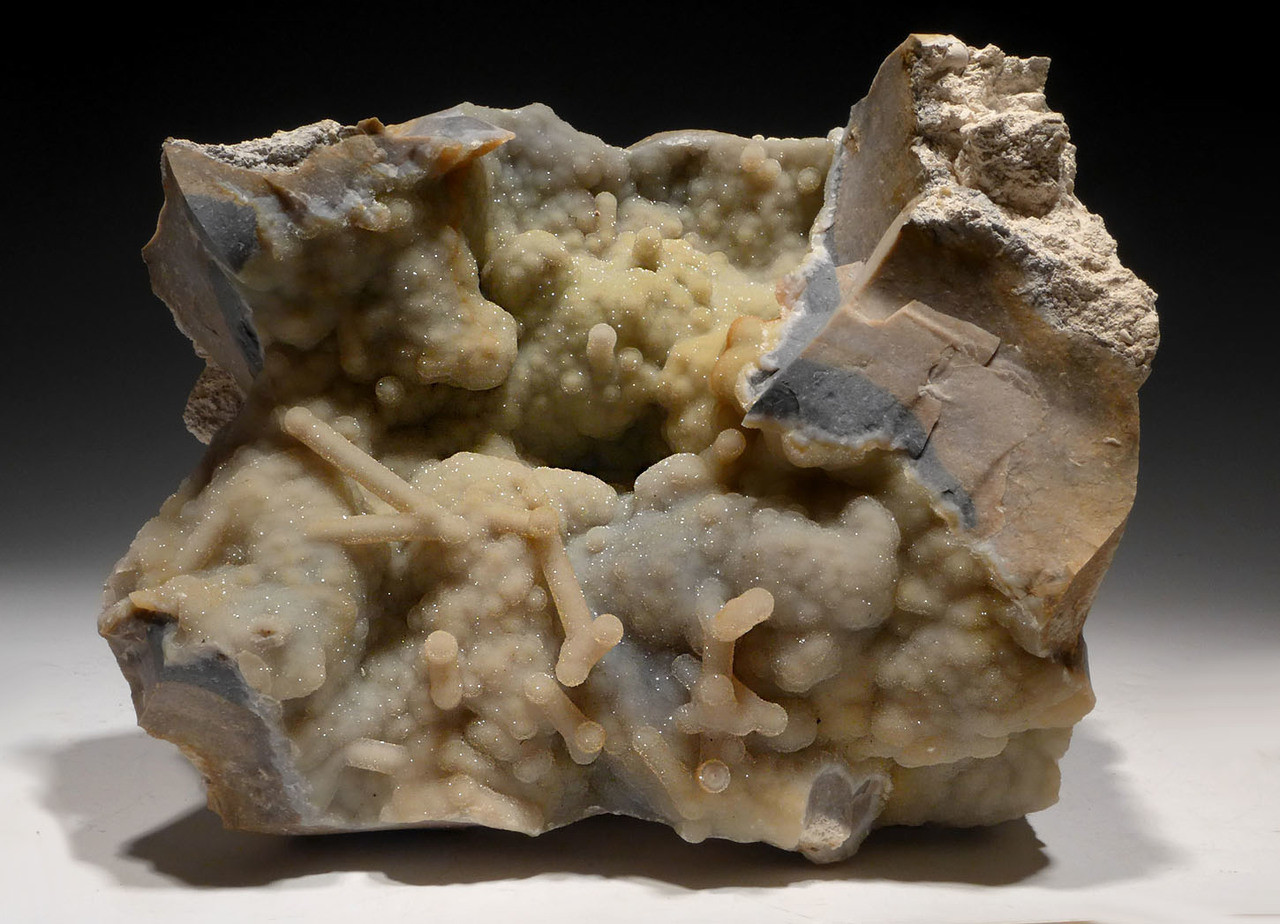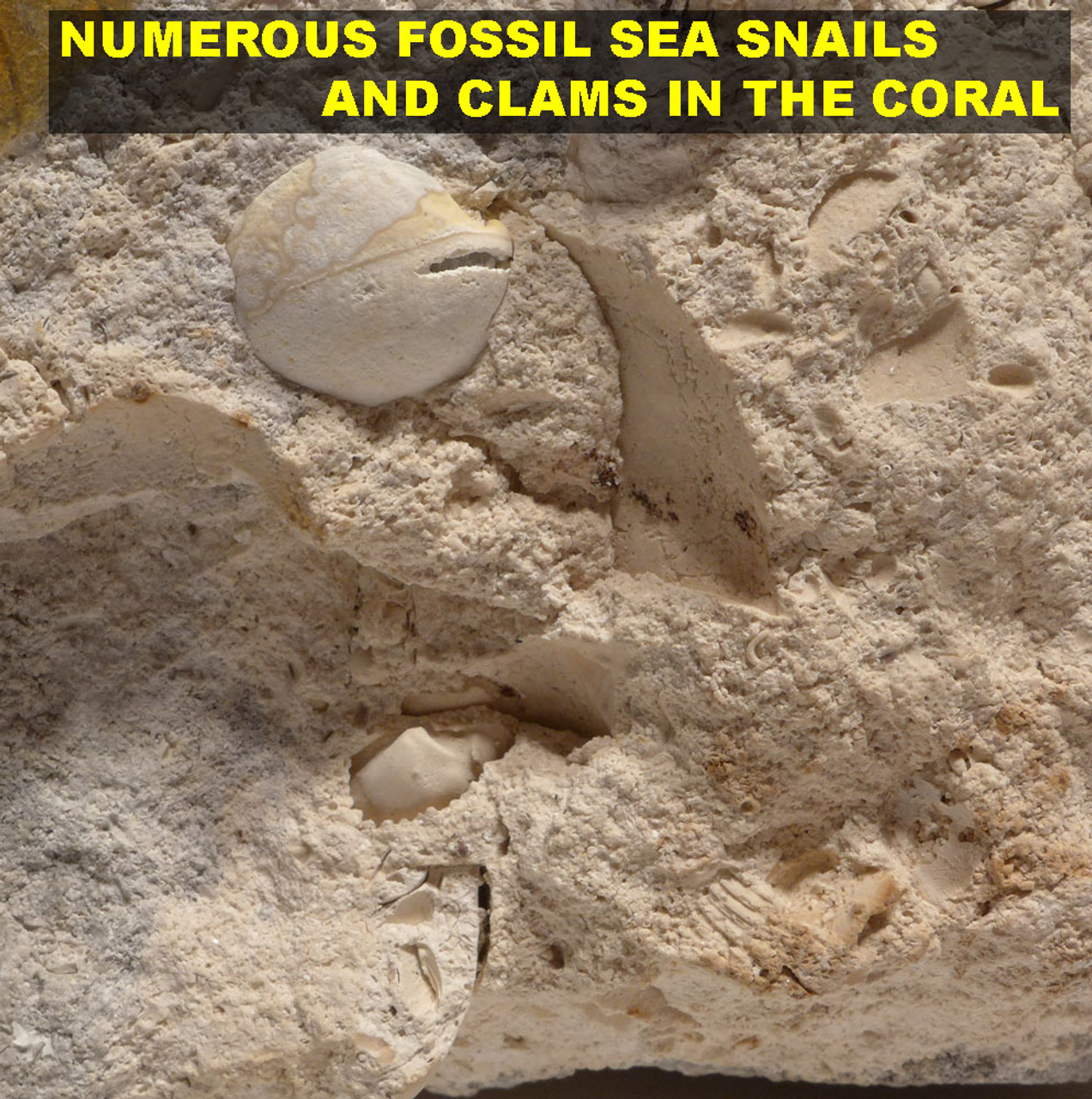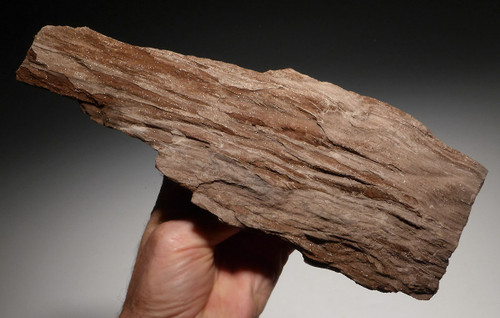Product Description
Agatized fossil coral is highly prized by not only fossil collectors, but by gem and mineral collectors, as well. Exquisite forms from Florida are especially in demand as the state produces some of the finest examples of this geological oddity in the entire world. This remarkable specimen is THE ONLY ONE OF ITS KIND WE HAVE EVER SEEN or KNOW OF. It is NOT a river or bay discovery, but was found OFFSHORE, at the bottom of the ocean in the Gulf of Mexico, near Clearwater, Florida! While Tampa Bay corals are found in the shallow marine waters of the bay, this rare specimen was found while scuba diving offshore, at the bottom of the ocean. Florida used to be half as long and twice as wide so it is likely this was once part of a prehistoric reef system near the shore of the former coast of a much wider prehistoric Florida.
This is the FIRST we have seen or known of such a specimen being found where it was discovered. It is also THE MOST UNUSUAL, AESTHETIC AND UNIQUE-COLORED example we have seen in our 32 years of business!
The outer surface is a pure white coral color and texture with multiple pure calcite and fossilized clams that were drilling into this coral when it was alive millions of years ago, to prey upon the polyps. This may be the reason why in prehistory, this colony died. Deeper beneath that outer shell is what looks to be chert with gray green and Carolina blue banding. We have NEVER seen anything like this before. Deeper still, is the agatized coral internal structures that formed botryoidal and rod structures as the interior of the polyp chambers turned to chalcedony. AND OVER THAT formed the most beautiful drusy crystals that sparkle like a million stars at night. The drusy crystals took on the color of the chert, forming in lime green and Carolina blue. There are even hints of red in areas. Again, this is the only UNDERSEA agatized coral specimen we have seen or know of and what's more, it is THE MOST BEAUTIFUL we have ever seen even in comparison to the Tampa Bay and Withlacoochee fossil corals.
The photos do not compare with seeing this piece in person!!!
HISTORY
Agate, also known as chalcedony, is a type of cryptocrystalline quartz (SiO2). Under unique geological conditions, prehistoric corals and mollusks can fossilize by being replaced with agate from silica-rich ground water percolating through limestone. The Florida Legislature designated agatized coral as the Florida State Stone in 1979. The statute describes it as “a chalcedony pseudomorph after coral, appearing as limestone geodes lined with botryoidal agate or quartz crystals and drusy quartz fingers, indigenous to Florida." Agatized coral occurs in a variety of colors, typically gray, brown, black, yellow, white, and on rare occasion red. The majority of Florida’s agatized coral formed in Oligocene-Miocene Hawthorn Group sediments. Fossil agatized coral is occasionally dredged up in the Tampa and Clearwater areas but also occurs in limestones along the Econfina, Withlacoochee and Suwannee Rivers.
Fossil corals were simple marine invertebrates that possessed a sac-like body called a polyp with a mouth and tentacles. As carnivores, they would immobilize or kill their prey with their stinging tentacles then swallow their prey and later expel the wastes through the same mouth. They formed a dense outer skeleton of calcium carbonate which, when living in large colonies of thousands of cloned individuals, formed a massive structure. The complex folds in their stomach cavity can be seen in the wondrous detail left behind in their skeletons. Modern corals today share a symbiotic relationship with algae that covers their body tissue. The algae supplement the coral with oxygen which most likely was the case in prehistoric times, as well.
Prehistoric corals are believed to have thrived in the same environments that modern corals prefer - clean, warm oceans of normal salinity levels. Solitary corals were present in oceans of soft, muddy bottoms while horn corals and colonial corals preferred hard sea floors to attach themselves.
 US DOLLAR
US DOLLAR
 EURO
EURO
 AUSTRALIAN DOLLAR
AUSTRALIAN DOLLAR
 CANADIAN DOLLAR
CANADIAN DOLLAR
 POUND STERLING
POUND STERLING






































